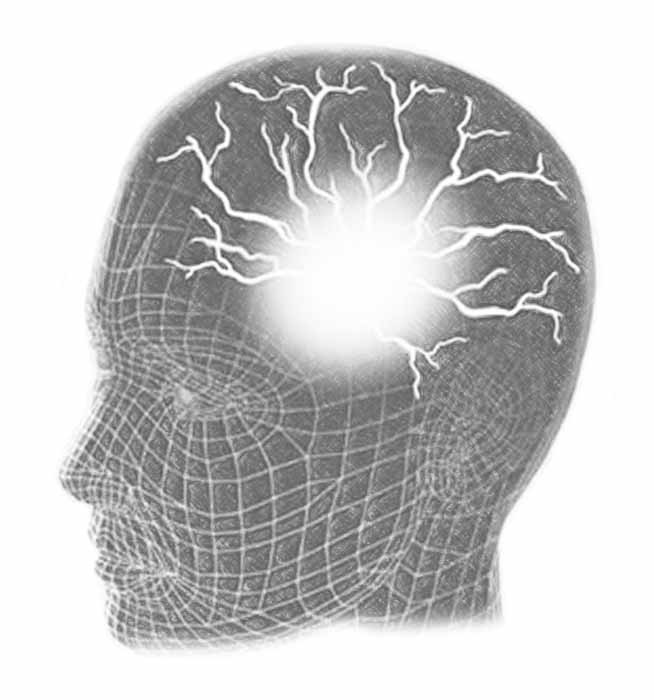
|
5 Great Ways to Reduce Stress
2. Performing Self-Hypnosis Properly
With self-hypnosis, we can travel down to the deepest point of any distressing experiences, and bottled up emotions to release them from the mind. When the self-hypnosis is completed, the adverse effects of the stress have abated. It works by first transferring our concentration from the conscious mind, (which incorporates only 10% of the whole mind) to the subconscious mind (90%). At this point we can now address our whole being, and treat the root cause of the problem, instead of just the symptoms.
So let's take a look at hypnosis, what it is and how it works. In a normal everyday conscious state, simply telling yourself that you don’t feel stress won’t have any effect. Doing this will not make you feel any better because your conscious mind analyzes the suggestion, detects an untruth, and rejects it. During hypnosis, however, this analytical aspect of your conscious mind is suppressed, allowing suggestions to pass straight into your subconscious. This is achieved while you are awake. Hypnosis is not the same as being asleep, although your conscious awareness is at a reduced level, the mind is still in control and no-one can be instructed to do anything against their will. Suggestions made during a hypnotic state are acted upon when you have returned to normal consciousness, and is why hypnosis is a very powerful method of overcoming emotional and personal problems. While everyone can enter a hypnotic state, a small number of people will find it difficult at first. However, with practice it will become easier and more effective. Don’t expect it to work immediately, but in time you will find that it is a superb way of eliminating stress.
The hypnosis process consists of four steps: 1. The induction of a hypnotic state
Technique The following technique is closely based on one of our very successful self-hypnosis procedures. This version is in a descriptive style rather than a simple transcription of the audio, due to the difficulty in conveying the correct pacing in text form. So for best results you will need to listen to this as the proper hypnosis audio track. You are welcome to use this description to record one yourself, or you can use our professional recording which has the correct tempo, timing, and our unique induction sequence which is highly effective at producing a deeper hypnotic state. All this is included in our Expert-Help Pack: How to Crush Stress... Completely!
Position Sit in a comfortable position, either: a) On a chair with your feet together and flat on the floor, or b) On a cushion with your legs crossed. Whichever position you choose, your back should be straight, and without resting it on anything. Your head should be facing directly forwards with your chin tucked ever so slightly in towards your neck. Your hands should be placed on your thighs, palms up or down, whichever is more comfortable.
Breathing Close your eyes, and take deep breaths through your nose or mouth, whichever is more comfortable. Follow the breath going in, down your windpipe, and into your lungs. Allow your stomach to expand while you do this, and imagine the breath passing through your lungs and filling your stomach. Follow the breath all the way up as you breathe out, and allow your stomach to contract. Do this for a couple of minutes, and focus only on your breath. If your mind wanders, gently bring it back to the breath. Do this for a few minutes
While maintaining your deep breathing pattern, focus on your goal to stop the stressful thoughts, and see yourself successfully achieving it. Allow the positive feelings you will have of you achieving your goal to engulf you and multiply.
Consider other goals you want to achieve, and visualize them coming true. See yourself taking the necessary action to make it come true. Never giving up. Do this for around 5 minutes. Remember your breathing; keep your back straight. When you’re ready to return to an awakened state, simply instruct yourself to do it. Take a deep breath, and count backwards from 5 to 1. Breathe out, and allow yourself to return, refreshed and positive.
To get the maximum effect, repeat the above technique while imagining yourself in different scenarios, and notice how you might have changed in the future to how you are now. Like most new things, the more often you do them, the more effective they’ll become. When self-hypnosis is used for stress it can help the sufferer develop effective coping mechanisms, as well as addressing the underlying cause. They will also learn how to rid themselves of the pessimistic and negative thoughts that accompany the stress, and to become happier as a result. Self-hypnosis for stress will normally use a combination of imagery and suggestion to bring about positive changes in the unconscious mind. It is usual for treatment to generate a new sense of freedom in the person and a better sense of control over their mood, their thought processes, and their life.
The professionally recorded Guided-Hypnosis MP3 track of this technique is included in our Expert-Help Pack: How to Crush Stress... Completely! Professional guidance to get you back to yourself again.
|
© EmotionalSteady.com - All Rights Reserved

